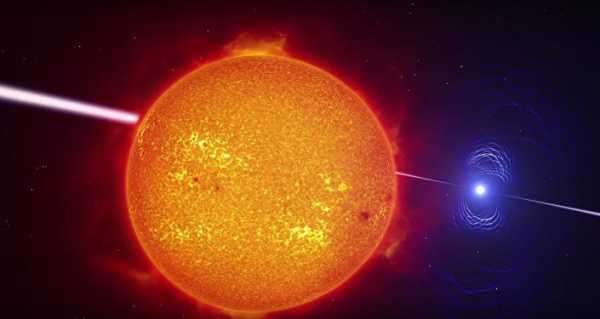
A team of astronomers has been able to verify that a newly-detected transient event is actually a cataclysmic variable (CV) star, prone to regular episodes of dramatic brightening and dimming.
CVs are close binary systems consisting of a normal star and a white dwarf companion. The systems are known to irregularly increase their brightness before dropping to a quiescent state, according to Phys.org.
The team was able to identify that the CV observed is specifically classified as SU Ursa Majoris (SU UMa) – meaning it has superoutbursts which are brighter and longer than its normal dwarf nova outbursts.
Scientists further classified it as a WZ Sagittae (WZ Sge) star, a group whose members are distinguished by “very large amplitude outbursts, double-peak variations in their light curves dubbed ‘early superhumps,’ and the presence of a late time re-brightening event at the end of a superoutburst,” according to Tomasz Nowakowski of Phys.org.
The name KSN:BS-C11a was given to the system due to its relation to the prolonged Kepler K2 mission’s Campaign 11.
Ridden-Harper and his team ultimately concluded that the KSN:BS-C11a was indeed the first WZ Sge CV observed by NASA’s Kepler.
Sourse: sputniknews.com






